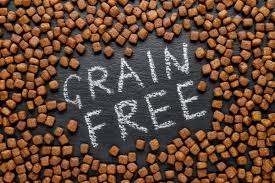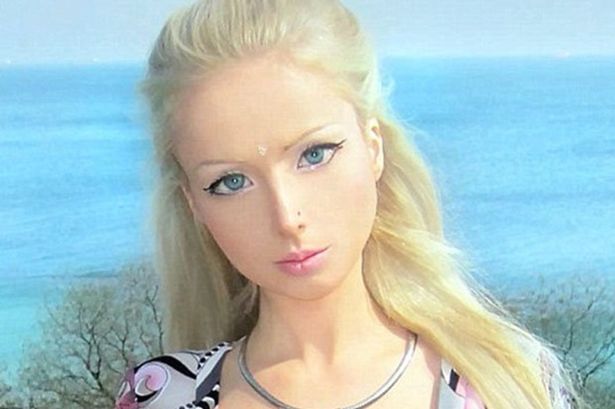The Virality of the ALS Ice Bucket Challenge

A combination of low entry barriers, self-importance, social media pressure, and competition made this challenge a huge success
The ALS Ice Bucket Challenge started as a fundraiser effort, but it rapidly became an Internet phenomenon and helped raise millions of dollars for the ALS Association, which funds research into Lou Gehrig’s illness.
What Prompted This?
Unsure of its origin, though, the “Cold Water Challenge” gained popularity, especially as a social media challenge, in the North of the United States and Northern Norway between 1991 and early 2014. The challenge often required giving money to cancer research or taking a plunge into freezing water. In Norway, the punishment for refusing included having to pay for the alcoholic beverages of others. Professional golfers conceptualized the Ice Bucket Challenge as a way to give back to animal welfare organizations.
As early as May 15, 2014, people in Salem, Indiana, took part in a variation of the challenge that entailed dousing the participants in cold water and then donating to charity, such as helping a kid who had been diagnosed with an incurable brain tumour. The challenges were often videotaped so that clips could be uploaded on the internet.
In early 2014, the National Fallen Firefighters Foundation popularized the “Cold Water Challenge” as a fundraiser, an unofficial offshoot of the polar plunge often employed by Special Olympics.
Shortly after Greg Norman issued the offer, on July 15, 2014, NBC’s The Today Show host Matt Lauer accepted and broadcast what has become known as “the Ice Bucket Challenge” to a mass audience. The Hospice of Palm Beach County was the beneficiary of Lauer’s fundraising efforts.
The Struggle Against ALS
An acquaintance nominated Chris Kennedy, a golfer from Sarasota, Florida, to take part in the Ice Bucket Challenge. Participants may give to whatever organization they liked; the campaign wasn’t connected to any particular cause. A local youngster with cancer was the beneficiary of Kennedy’s friend’s charitable contribution. Kennedy sent the challenge to his cousin who is battling amyotrophic lateral sclerosis. Kennedy decided on Jeanette Senerchia because she was his wife’s cousin and her husband Anthony had ALS. On July 15, Kennedy uploaded a video in what seems to be the first time that the Ice Bucket Challenge has been associated with ALS.

Senerchia shared the video on her Facebook page on July 16 in an effort to surpass Kennedy by nominating even more people for the challenge. Initially, the hashtags #takingiceforantsenerchiajr and #StrikeOutALS were used to promote a newly established charity and baseball event in Anthony’s name.
The challenge quickly went viral among their high school classmates and family in the tiny town of Pelham, New York. There were so many clips that soon lost count. Pat Quinn, a man from Yonkers, New York, also suffered from ALS. Two of Quinn and Senerchia’s mutual Facebook acquaintances helped distribute the campaign to their social networks. Much earlier, in March of 2013, Quinn was diagnosed with ALS.

Pete Frates in Boston, who had a particularly extensive network of supporters and was actively engaged in the ALS community, was eventually linked to Quinn’s social network. Frates was diagnosed a year before Quinn, and the two became close friends and mentors to one another because of their shared experiences as college baseball captains and professional baseball players in Europe.

For his efforts in both fundraising and campaigning, Frates was honoured in 2012 with the Stephen Heywood Patients Today Award. The Boston College and sports ties of Frates helped to centre the challenge’s attention on the ALS cause.
Over the years, Frates had built a strong network of friends and acquaintances from many walks of life. The campaign went viral when Frates uploaded his video on Facebook on July 31 with the hashtags #StrikeOutALS and #Quinnforthewin.
To raise money for the ALS Therapy Development Institute, both Quinn and Frates participated in the challenge. Boston had a far greater number of postings than any other region in the United States after the campaign began with Pete Frates, a minor-league baseball player diagnosed with the condition in 2012.
On July 29, the ALS Association saw an unexpected increase in contributions, and by August 4, things had taken off. On Monday, the group said it collected more than $15 million from 307,598 new contributors, in addition to the $15 million it had already received.
The Success
$220 million was donated from all across the globe thanks to the Ice Bucket Challenge. More than 2.4 million tagged videos were circulating on Facebook because of the combination of low entry barriers, self-importance, social media pressure, and competition.
The Challenge inspired a lot of individuals, films, and money, even though between 40 and 50% of the new contributors gave only once. The challenge was successful because it captured the attention of the masses while yet appealing to individuals.
It reached a large audience since it was spread through social media, and it had a more personal feel because participants named specific candidates by “tagging” them.
In addition, several of the clips were funny. The median duration of the submitted films was under a minute, demanding little time or attention from viewers.
The Challenge also benefited from a “ripple effect,” with pieces like “10 More of the Best Celebrity Takes on the Ice Bucket Challenge” appearing in The Guardian.




In December my health took a turn for the worse I became very weak fast and could not even eat When I say fast I mean going from eating a full plate of food to three days later not being able to drink a a sip of water I went to VA hospital emergency room for dehydration and figure they schedule me for a feeling tube placement They admitted me and two weeks later I woke up to my standing over me in the hospital room this occurred during my second or third drug holiday from Radicava Again no way to know if what I experienced was a side effect When I was discharged I was completely paralyzed So i started on Ayurvedic treatment from Natural Herbs Centre as time went on movement returned to my legs and to my arms and hands Able to hold my head up and strength has returned I give credit to God and NHC for my recovery Almost forgot to mention I was on 24 hours ventilation Now only use vent at night and during naps Was diagnosed in 2021 with ALS, I urge you to seek out naturalherbscentre. com. We’re a little scared to tell everyone because some people might not believe us, since there’s no cure for ALS. But when I saw this post, I decided to share our story. This treatment is a breakthrough!